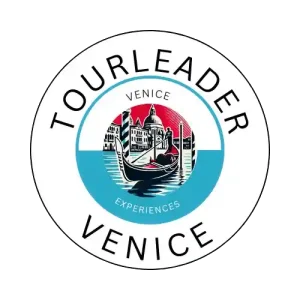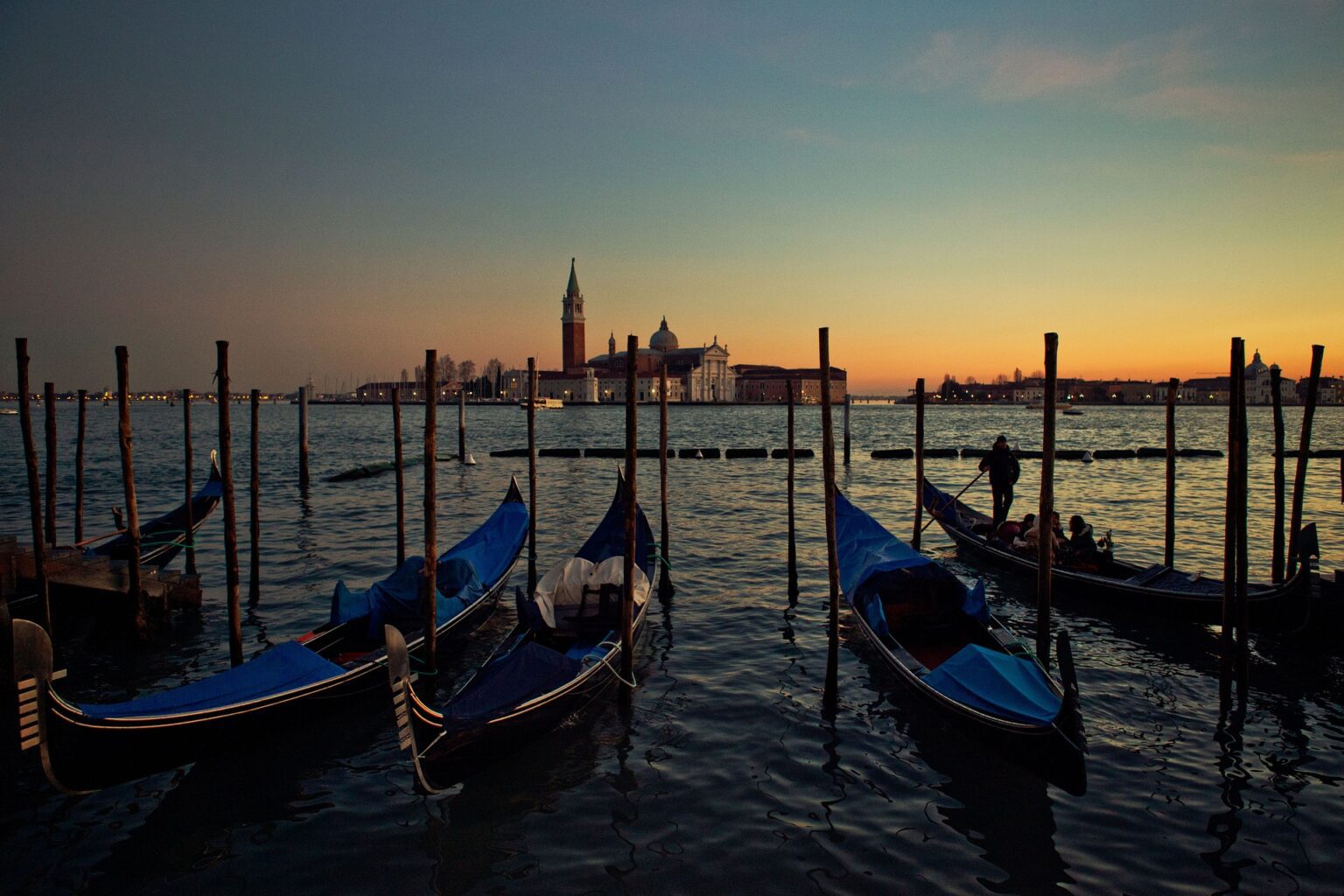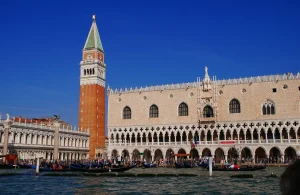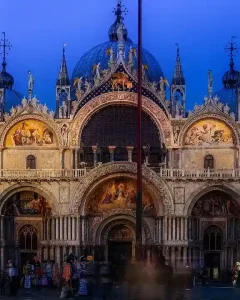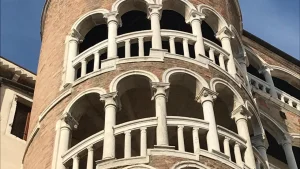Venice: The Floating City That Totally Lives Up to the Hype
Let’s be honest: there’s nowhere on Earth quite like Venice. Nicknamed the “Floating City,” it’s a shimmering maze of canals, bridges, marble palaces, and narrow alleyways that feel straight out of a movie set (because… they often are). Built against all odds on a cluster of tiny islands in northeastern Italy, Venice is the ultimate mix of history, beauty, and pure magic.
Whether you’re a first‑timer, a hopeless romantic, or a seasoned traveler, Venice sneaks into your heart and never leaves. Below, we’ll dive into what makes this city iconic — and how to experience it the smart, stress‑free way.
👉 Planning your trip? Explore our custom Venice tours and experiences to make the most of your visit.
1. 🏗️ A City Built on Water and Sheer Determination
The story of Venice begins in the 5th century AD, when refugees escaping invasions fled to the marshy lagoon. What started as a humble refuge became a maritime superpower, bridging Europe and the East.
Here’s the wild part: the city sits on wooden piles driven deep into the lagoon’s muddy bed — foundations that have held up palaces, churches, and bridges for over a thousand years. Think medieval engineering meets stubborn genius.
Venice Today
Wandering through Venice feels like stepping into a beautifully preserved time capsule. Narrow streets twist and turn, bridges appear out of nowhere, and every corner frames a postcard view. The city has kept its medieval soul while embracing modern art, design, and yes — a touch of Instagram stardom.
2. 🌊 The Canals: Venice’s Liquid Highways
Venice without canals would be like pizza without cheese. Boats rule here — no cars, no bikes — just sleek water taxis, busy vaporettos, and black gondolas sliding through quiet waterways.
Gondolas: Not Just for Tourists
A gondola ride can sound cliché — until you try it. Drift past water‑lapped palazzi, under stone bridges, and through narrow canals where laundry flutters overhead, and you’ll understand why the tradition endures. For something truly special, book a private gondola ride at blue hour.
The Grand Canal: The City’s Main Stage
The Grand Canal is Venice’s main artery — a graceful S‑curve lined with Gothic and Renaissance palaces once owned by the city’s wealthiest families. A private 1‑hour boat tour feels like floating through a living museum — with better lighting.
3. 🏛️ Landmarks You Can’t Miss
St. Mark’s Basilica
In the heart of Piazza San Marco, this Byzantine jewel dazzles with golden mosaics and intricate marble. If you prefer speed and comfort, grab skip‑the‑line tickets or join our private Basilica & Doge’s Palace tour.
The Doge’s Palace
Next door, the Palazzo Ducale is where power and art collided. Stroll grand halls painted by Tintoretto and Veronese, then cross the Bridge of Sighs. To breeze past queues, consider fast‑track tickets or the TLV skip‑the‑line private tour.
Bonus skyline moment: climb the spiral staircase at Scala Contarini del Bovolo for magical views.
4. 🎨 Art Is Everywhere
Venice still breathes creativity.
- Peggy Guggenheim Collection — Modern art gems from Picasso to Pollock. Consider fast‑track entry.
- Gallerie dell’Accademia — Bellini, Carpaccio, Titian, and more. Book tickets for nearby museums too.
- Venice Biennale — On select years, the city becomes a global stage for art and architecture.
5. 🍽️ Food That’ll Make You Want to Move Here
Centuries of trade and the lagoon’s bounty shape Venetian cuisine: fresh seafood, bold flavors, simple techniques.
What to Eat
- Risotto al nero di seppia — creamy risotto dyed black with squid ink.
- Sarde in saor — sweet‑and‑sour sardines you’ll dream about later.
- Cicchetti — Venetian tapas served in bàcari (wine bars).
How to Eat
Stand at the bar with locals, chat, and snack — or grab a table at a canal‑side osteria and watch the world float by. Want the insider route? Join our Cicchetti & Wine Tour.
6. ⚠️ A Beauty That Needs Protecting
Rising Waters
Seasonal acqua alta can flood parts of the city, and climate change adds complexity. Barriers like MOSE help, but the lagoon is delicate — travel prepared and respectfully.
Overtourism
Millions visit each year. Please travel thoughtfully: respect local rules, support artisans and family‑run businesses, and consider exploring with a local guide off the beaten path.
7. 🧭 Go Beyond the Obvious
Neighborhood Gems
- Cannaregio — authentic canals and the historic Jewish Ghetto.
- Dorsoduro — artsy and vibrant, with dreamy Grand Canal views.
- Castello — quiet streets, gardens, and local markets.
Island Adventures
- Murano — watch master glassblowers; join our Murano workshop & visit or try create your own glass bead.
- Burano — candy‑colored houses and lace traditions; add it to a 6‑hour island‑hopping tour.
- Torcello — ancient, peaceful, uncrowded — a lagoon time capsule.
Need easy transit? Get a vaporetto pass to hop around the lagoon.
Local Festivals
- Carnevale di Venezia — masks, costumes, and pure theatrical magic.
- Festa del Redentore — July fireworks over the basin of San Marco; arrive by traditional bragozzo for an unforgettable night.
✨ Final Thoughts: Venice Isn’t Just a Place — It’s a Feeling
Venice invites you to slow down. To wander. To get lost (on purpose). To hear footsteps echo on stone and breathe the salty lagoon air. From scrappy beginnings to maritime glory — and today’s efforts to protect a fragile wonder — Venice is the ultimate love story between humans and water.
Once you experience it, you’ll carry it with you forever.
👉 Ready to explore Venice like a local? Let’s plan your adventure together: browse our Venice tours, book a Grand Canal boat or private gondola, and secure key tickets in advance.
FAQs — Venice: The Floating City That Totally Lives Up to the Hype
Is it true Venice has no cars or roads?
Yes! Venice is entirely pedestrian and water-based — no cars, buses, or bikes. You’ll travel by foot or boat: gondola, water taxi, or vaporetto. To explore comfortably, try our Private 1-Hour Boat Tour of the Grand Canal or our Off-the-Beaten-Path Orientation Tour.
What’s the best way to experience Venice like a local?
Slow down. Wander beyond St. Mark’s Square into neighborhoods like Cannaregio or Dorsoduro. Eat cicchetti in a family-run bàcaro, visit artisan workshops, and join our Venice Cicchetti & Wine Tour for an authentic taste of local life.
What should I book in advance?
Major landmarks like the Doge’s Palace and St. Mark’s Basilica often have long lines — skip them with our Private Skip-the-Line Doge’s Palace & Basilica Tour. For island adventures, secure your Murano Workshop & Visit or Island-Hopping Lagoon Tour.
Is it true Venice has no cars or roads?
Yes! Venice is entirely pedestrian and water-based — no cars, buses, or bikes. You’ll travel by foot or boat: gondola, water taxi, or vaporetto. To explore comfortably, try our Private 1-Hour Boat Tour of the Grand Canal or our Off-the-Beaten-Path Orientation Tour.
What’s the best way to experience Venice like a local?
Slow down. Wander beyond St. Mark’s Square into neighborhoods like Cannaregio or Dorsoduro. Eat cicchetti in a family-run bàcaro, visit artisan workshops, and join our Venice Cicchetti & Wine Tour for an authentic taste of local life.
What should I book in advance?
Major landmarks like the Doge’s Palace and St. Mark’s Basilica often have long lines — skip them with our Private Skip-the-Line Doge’s Palace & Basilica Tour. For island adventures, secure your Murano Workshop & Visit or Island-Hopping Lagoon Tour.
